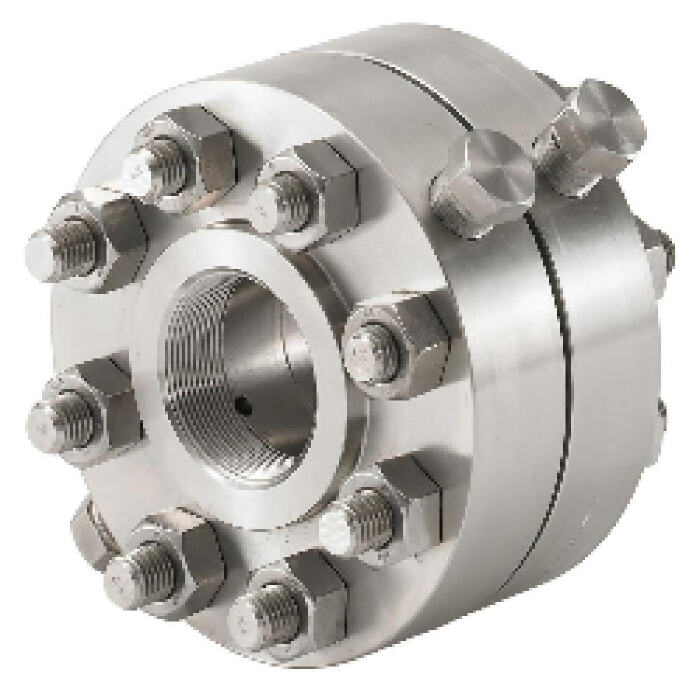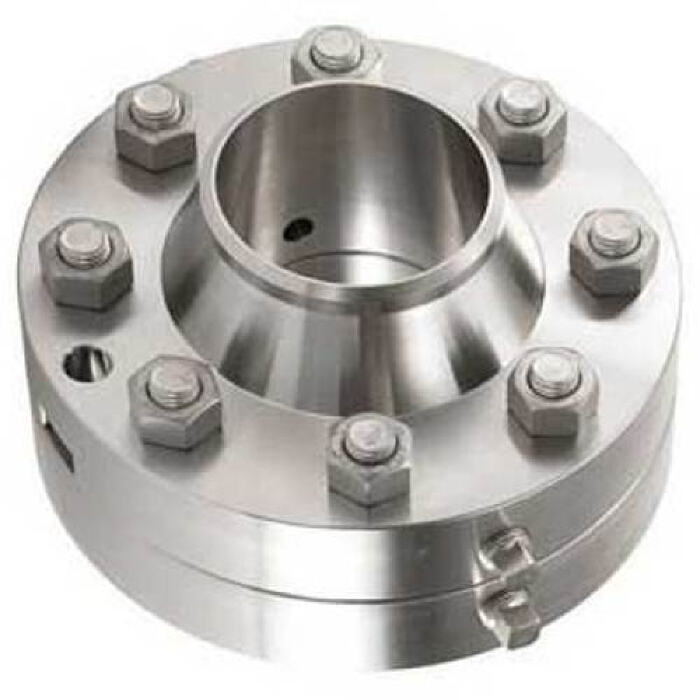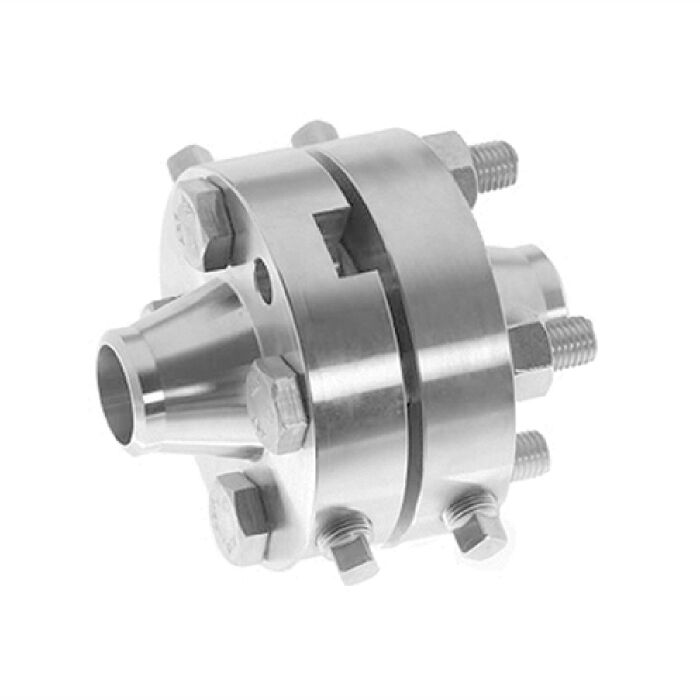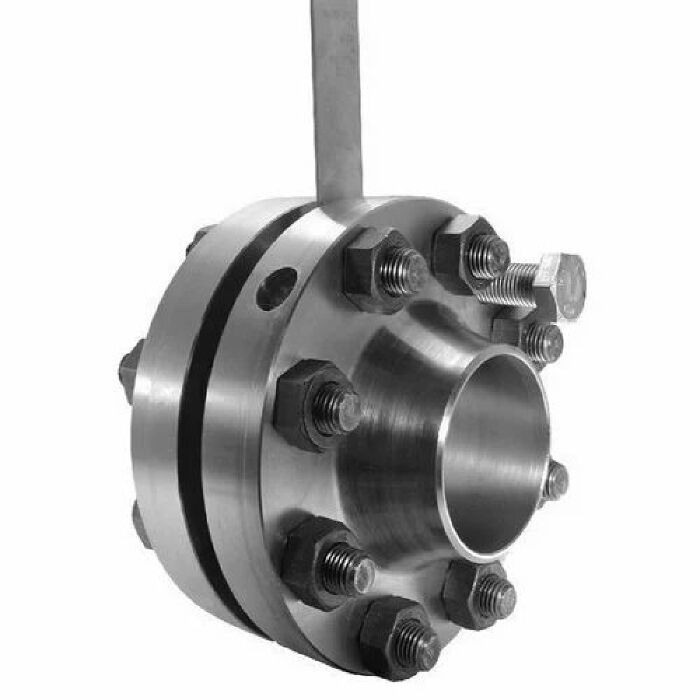An orifice flange is a crucial component in fluid measurement systems, primarily used in conjunction with an orifice plate to accurately measure the flow rate of liquids, gases, or steam in pipelines. This specialized flange is designed to hold the orifice plate securely in place within the pipeline, creating a restriction that causes a pressure drop across the plate.
Description:
An orifice flange is a crucial component in fluid measurement systems, primarily used in conjunction with an orifice plate to accurately measure the flow rate of liquids, gases, or steam in pipelines. This specialized flange is designed to hold the orifice plate securely in place within the pipeline, creating a restriction that causes a pressure drop across the plate. By measuring this pressure differential, engineers can calculate the flow rate using the principles of fluid dynamics.
Constructed from high-quality materials such as carbon steel, stainless steel, or alloy steel, orifice flanges are engineered to withstand high pressures and temperatures, ensuring reliable performance in various industrial applications. They feature precisely drilled holes to align with the pipeline and the orifice plate, facilitating easy installation and maintenance. Additionally, these flanges are equipped with gaskets to create a tight seal, preventing leaks and ensuring accurate flow measurement.
 |
 |
 |
 |
Specifications:
| Size | 1/2'' to 24'' |
| Color | Silver |
| Application | GAS etc |
| Standard | ASME B16.5, ASME |
| Material | Stainless Steel |
| Surface | smooth |
| Single package size | 2X4X5 cm |
| Single gross weight | 3.000 kg |
Applications:
Orifice flanges are widely applied in oil & gas, chemical, power, and water treatment industries to measure fluid flow rates. They work with orifice plates to monitor liquid, gas, or steam flow for process control, billing, and safety, fitting seamlessly into standard pipeline systems.
Advantages:
Featuring high-pressure/temperature resistance, they ensure reliability in harsh environments. Their simple installation, compatibility with various materials (e.g., stainless steel), and precise pressure drop measurement for flow calculation make them cost-effective and efficient for industrial use.
